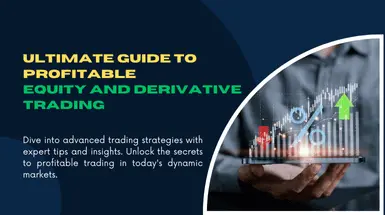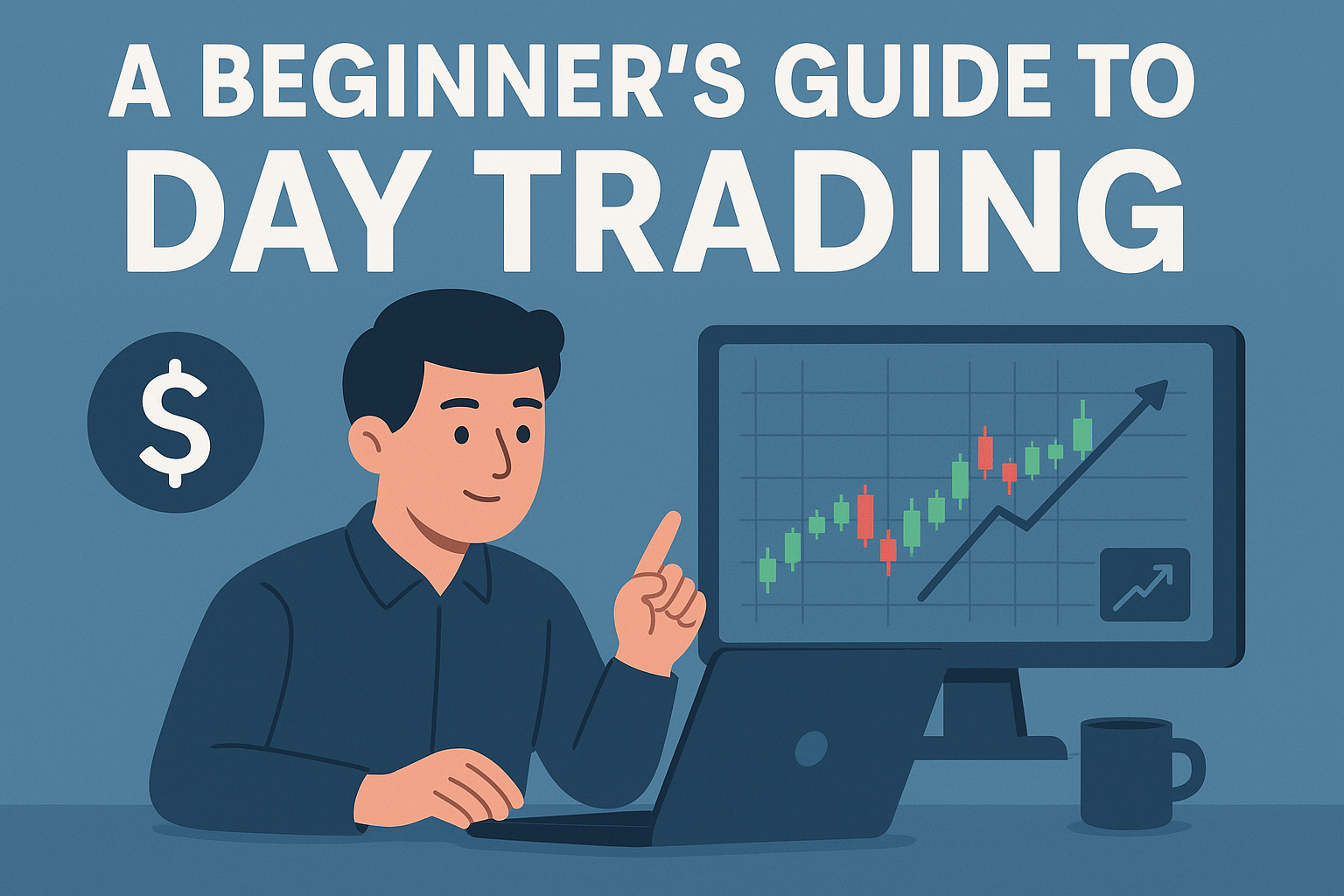Imagine this: you’ve spent weeks researching the perfect stock. You hit the “buy” button with excitement, only to watch the price crash within hours. Panic sets in, and before you know it, your account is down thousands of dollars.
This story is more common than most traders would like to admit. The truth is, trading isn’t just about finding the right opportunities—it’s about managing risk. Even professional traders with years of experience lose money on individual trades. The difference is, they survive those losses because they know how to protect their capital.
In this article, Namo Trading Academy will guide you through risk management in trading, the techniques, strategies, and psychology you need to safeguard your investments in stocks, forex, crypto, and options.
Why Risk Management Matters More Than Strategy
Most beginners obsess over finding the “perfect strategy”—whether it’s day trading, swing trading, or algorithmic systems. But here’s the reality: even the best trading strategy fails without risk management.
Think of it like driving. You may be an excellent driver, but without brakes or a seatbelt, one mistake could be fatal. Risk management is your seatbelt in trading.
Here’s why it matters:
- Preserve your capital – Once your money is gone, you’re out of the game.
- Stay consistent – Proper rules prevent wild swings in your account.
- Build long-term profits – By cutting losses short, your winners matter more.
- Survive volatility – Stock trading and crypto trading can change direction in seconds. Risk management keeps you alive.
The Main Types of Risks Traders Face
To manage risk, you must first understand it. Here are the big ones:
- Market Risk – Prices move unexpectedly because of news, earnings, or global events.
- Leverage Risk – Borrowing money (margin trading, forex trading) magnifies both gains and losses.
- Liquidity Risk – You may not be able to exit a trade quickly without slippage.
- Emotional Risk – Fear, greed, and overconfidence often destroy traders more than the market does.
- Systemic Risk – Entire markets crash during recessions, wars, or financial crises.
Knowing these risks makes it easier to plan for them.
The Core Principles of Risk Management in Trading
Let’s break down the timeless rules followed by successful traders.
1. Never Risk More Than You Can Afford to Lose
It sounds obvious, but many ignore it. If losing a trade would keep you up at night or affect your lifestyle, your trade size is too big.
2. The 1% (or 2%) Rule
Professional traders rarely risk more than 1–2% of their account on a single trade. If you have $10,000, this means risking just $100–$200 per trade. That way, even 10 bad trades won’t wipe you out.
3. Always Use Stop-Loss Orders
A stop-loss order is like insurance. It automatically closes your position if the price moves against you. Whether it’s stock trading, forex trading, or crypto trading, stop-losses are your safety net.
4. Use a Risk-to-Reward Ratio
Ask yourself: Is this trade worth it?
A 1:3 risk-to-reward ratio means risking $100 to aim for $300 profit. This ensures that even if you win only 40% of the time, you’ll still make money.
5. Diversify Your Portfolio
Don’t put all your money in one stock, one currency pair, or one crypto coin. Diversification spreads out your risk. If one trade fails, others may balance it out.
Practical Risk Management Across Different Markets
Risk management looks slightly different depending on what you trade.
Stock Trading
- Stocks move based on earnings, news, and global trends.
- Place stop-loss orders below support levels.
- Don’t go “all-in” on one stock, no matter how promising.
- Avoid chasing “hot tips” without proper analysis.
Forex Trading
- The forex market is highly liquid but very leveraged.
- Limit leverage to 1:10 or less.
- Use smaller position sizes to handle sudden currency spikes.
- Avoid trading during high-volatility events like central bank announcements.
Options Trading
- Options give leverage but also carry expiration risk.
- Use spreads (like bull spreads or iron condors) to define your max loss.
- Avoid buying “lottery ticket” out-of-the-money options.
- Risk your positions with protective puts or covered calls.
Crypto Trading
- Crypto is the most volatile of all.
- Never keep all your money in one coin.
- Use strict stop-losses—don’t hold and hope.
- Store long-term holdings in secure wallets to avoid exchange hacks.
The Psychology of Risk Management
- Even with the best tools, many traders fail because they can’t control their emotions.
- Fear makes traders exit too early.
- Greed makes them stay in losing trades, hoping it’ll bounce back.
- Revenge trading happens after a loss, when you double down to “win it back”—often leading to bigger losses.
The fix? Discipline. Write down your trading plan, set your risk limits, and stick to them. A good trader isn’t the one who never loses, but the one who survives losses calmly.
Tools That Help Manage Risk
You don’t have to do this manually. Many tools make risk management easier:
- Position sizing calculators – Decide how much to trade safely.
- Trailing stop-losses – Lock in profits as prices move in your favor.
- Trading journals – Record every trade to learn from mistakes.
- Risk management strategies – Use options or futures to protect against unexpected moves.
Building a Simple Trading Plan
Every trader should have a written plan. Here’s what it must include:
- When to enter – Your signal for buying (technical or fundamental).
- When to exit – Stop-loss and profit targets.
- How much to risk – Define your position size.
- Risk-to-reward rules – Only take trades with a minimum RRR of 1:2 or 1:3.
- Review process – Analyze weekly results and adjust.
Without a plan, you’re not trading—you’re gambling.
Example: Risk Management in Action
- Let’s say you have $20,000 in your trading account.
- You follow the 1% rule → risk only $200 per trade.
- You aim for a 1:3 risk-to-reward ratio → potential profit $600.
- Out of 10 trades, you lose 6 and win 4.
Conclusion
Risk management in trading is not optional—it’s survival.
You can’t control the market, but you can control how much you’re willing to lose. That’s what separates long-term winners from short-lived gamblers.
Whether you’re into stock trading, forex trading, crypto trading, or options trading, the principles are the same:
- Don’t risk more than you can afford.
- Always set stop losses.
- Respect the risk-to-reward ratio.
- Keep emotions out of trading.
The market will always offer opportunities tomorrow. Your only job today is to protect your capital so you’re still around to seize it. For more Techniques in Risk Management in Trading: How to Protect Your Investments, join our full stock market course in Namo Trading Academy and elevate your career to the next level.



